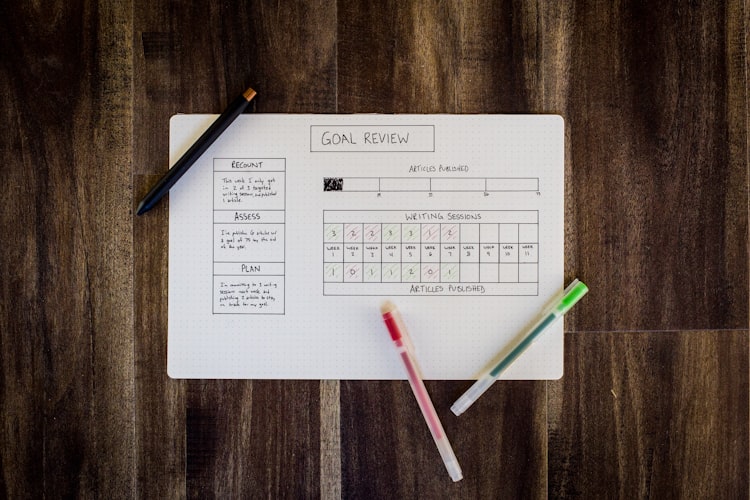Social media can significantly improve your overall marketing strategy. But make no mistake, you cannot go far without a social media plan for event promotion.
Yes, you got it right. You might use social media on a daily. Still, you cannot attain effective results with spontaneous decisions. Instead, it would be best if you thought everything through ahead.
At this point, you might be wondering, what does “everything” refer to? In addition, you can find the five essential components of a social media plan for event marketing in 2021.
What To Include In A Social Media Plan For Event Marketing?
If you are a regular on our blog, you are already well aware that an effective social media event strategy occurs before, during, and after the event. Here’s what to consider at each point of the journey.
Social Media Platforms
The first thing you should define in your social media plan for event marketing is the place of delivery or the social media platforms. After all, it’s where you will establish contact with your target audience.
At first, you might underestimate the importance of social media platforms. However, it’s a critical factor that eventually determines the success of your marketing campaign.
It would help if you didn’t start with what you have. Say you have a Tik Tok account with lots of followers. It will be of no use to you if your target audience is using Facebook. So, putting your resources on this platform will only waste your time and money.
Instead, you should start by identifying your potential visitors. What platforms are they using, and in which part of the day? By answering these questions, you will recognize the tools you should use, the content you need to create, the way and the timing to deliver it.
To develop an effective social media plan for event marketing, you must optimize your profiles. All your Instagram, Facebook, Tik Tok, Twitter accounts, and so on should feature quality images. You should also fill out the information sections, such as About Us, use your brand colors and language.
Once a potential customer stumbles upon one of your profiles, he/she should get a general idea of your brand. So, make sure to communicate your mission statement properly.
The Goals Of The Campaign
When you establish the platforms you will use in your social media plan for event marketing; you can continue with the goals. Don’t rush to create the content if you don’t know the direction you are headed.
The question you should set out in front of your team at this point in the planning stage is, what do we want to accomplish with our social media strategy?
In the beginning, your team might do some brainstorming and generate lots of ideas. However, in the end, each goal should satisfy the SMART criteria.
Usually, an effective social media plan for event marketing includes:
- Pre-event goals
- During the event goals
- Post-event goals
You might have different goals for different points in the event marketing campaign. For instance, you might want to attract a new audience as a pre-event goal. However, your plan for after the event might be to reengage with existing customers.
So, you should be as creative as possible and design the goals for your business needs.
The Content Itself
Next, you should decide what you will post and when. At this point in developing the social media plan for event marketing, one efficient method is using a timeline.
Ideally, you should post consistently starting two months or more before the event. However, this content should not be 100% promotional, as people might get bored. Worse yet, they might report you as spam.
The best combination of your social media plan content is 20% promotional and 80% educational or entertaining. For instance, if you are hosting an event for your skincare products, you can share beauty tips with your audience before the event.
Apart from providing value, this content should also be associated with your brand. So, you can include the same hashtag in all posts, add your logo or mission statement.
Marketing Tools
Now that you have set out your content, goals, and communication channels, it’s time for promotion. You probably associate marketing tools exclusively with paid ads, but that’s not all there is.
Sure, you can use paid advertisements for Instagram, Twitter, and other social media platforms to display your content based on pre-determined variables. However, these ads are usually costly. So, if you don’t have the budget, it would be best to buy ads for the most impactful posts, not everything you post.
Apart from advertisement, marketing tools can also facilitate your work regarding developing the social media plan for event marketing due to automation.
For instance, you can use Buffer, HubSpot Marketing Hub, Zoho Social, or Hootsuite to schedule your social media posts across different platforms. That’s how your marketing team might appoint posts for the following week on Monday, being an efficient and helpful tool.
Analysis And Metrics
Last but not least, developing a social media plan for event marketing is not all about the here and now. It’s more of a long-term strategy. So, analyzing the effects of the set-out project is essential for correcting and optimizing it for the future.
In the simplest of terms, measurements can indicate what works for your brand and what doesn’t.
For instance, you can track the engagement rates on different platforms and different types of posts (text, image, video). You can also measure the click rates. In turn, you will understand what kind of content appeals to your target.
Eventually, you will want to check the sales associated with the campaign. At this point, you can cross-reference the metrics with the pre-setout goals to measure the effectiveness of your social media plan for event marketing.
Is Social Media Plan For Event Marketing Worth It?
Yes, it most definitely is. A well-developed social media plan for an event can guide you at all stages in the marketing cycle. Still, it must include the above-five mentioned components before, during, and after the event. Only with this formula can one essentially achieve marketing success.






